New equations give surfaces that can resist wetting by any liquid
A new series of equations should allow scientists to design the ultimate unwettable surfaces, according to Robert Cohen and Gareth McKinley at the Massachusetts Institute of Technology, US. To illustrate the potential of their work, they created surfaces that are impervious both to water and to alkanes - and modified duck feathers to make them oil-resistant [1].
’We have developed equations that give us a complete understanding of how surfaces can resist wetting,’ Cohen told Chemistry World. ’Essentially, if you follow these recipes you should be able to make omniphobic surfaces that will resist wetting by any liquid.’
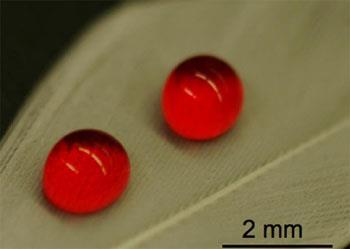
Water-repelling materials are well known, but few of these are also resistant to oil and other solvents. This is because the surface tensions of other liquids are lower than water, so they tend to spread thinly across materials and stick. Cohen’s team developed novel oil-resistant surfaces in December 2007, and have now taken a further step - clearly marking out the parameters that govern the behaviour [2].
’We can use these equations in two ways,’ Cohen says. ’Either to predict how surfaces perform, allowing us to design and manufacture entirely new surfaces to suit requirements, or to enhance existing surfaces.’
Critical to the repelling ability are tiny microstructures on the surface. Duck feathers, for example, are covered with microscopic ’barbules’ that trap air pockets between the liquid and feather. The surface tension of water is enough to hold the droplets together, forming beads that roll off instead of absorbing.
By adjusting the surface chemistry of the feathers - where the size, shape and spacing of the microstructures are fixed - the surface can be changed to resist other liquids too. The team demonstrated this by dipping duck feathers into a solution of fluorodecyl POSS - a microfibre with very low surface energy. A thin coating of fluoroPOSS was enough to make the feathers resist oil.
By carefully blending this same compound with the polymer PMMA, the team were also able to create materials that resisted wetting by pentane, the alkane with the lowest surface tension at atmospheric pressure.
For practical applications, other factors need to be taken into account, and Cohen is confident his equations will shed light on these too. For example, even duck feathers can become wet - for example when birds dive deeply into the water. Since the equations take pressure into account, Cohen is confident that materials can be designed that will suit a wide range of application requirements.
Lewis Brindley
Enjoy this story? Spread the word using the ’tools’ menu on the left.
References
1. A Tuteja et al, Proc. Natal. Acad. Sci. USA, 2008, 108, 18200 (DOI: 10.1073/pnas.0804872105)
2. A Tuteja et al, Science, 2007, 318, 1618 (DOI: 10.1126/science.1148326)
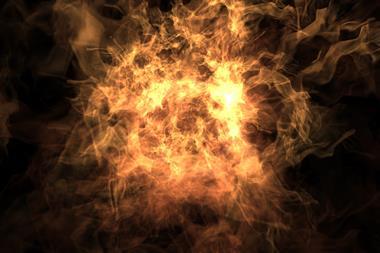
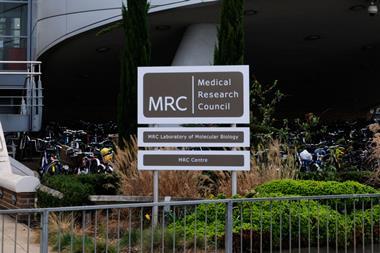
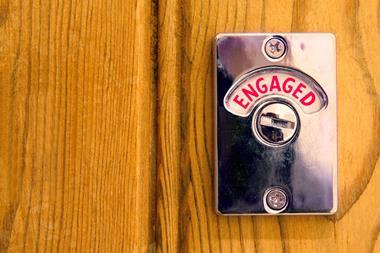


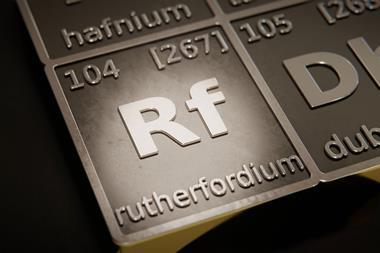
No comments yet